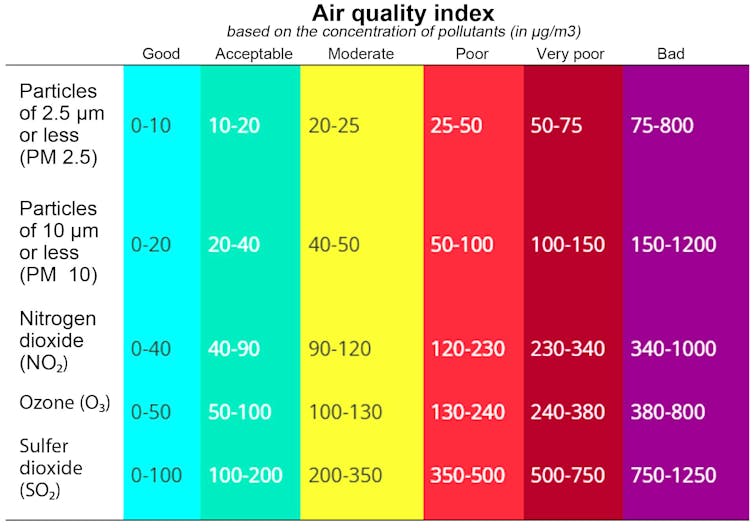Air pollution peaks, such as those that have recently occurred in several regions of the world , regularly make headlines. The World Health Organization (WHO) defines air pollution as “contamination of the indoor or outdoor environment by any chemical , physical or biological agent that modifies the natural characteristics of the atmosphere ”. It is now widely recognized that this phenomenon has an impact on the health of the overall population .
But what about athletes? Are there any specific risks associated with their activities? To gain a better understanding of this broad topic ahead of the Paris Olympics , we need to start with the basics: what are the most dangerous particles, and what are the main sources of pollution? The WHO has classified the different pollutants and taken a close look at their physiological effects . The main ones are: Suspended particulate matter (SPM) of various sizes and chemical compositions. Particles with a diameter of 20 μm (PM20) fall quickly, therefore few of them remain in the air except in emission zones.

Suspended particles most frequently found in the atmosphere include PM10 (with a diameter less than or equal to 10 μm), PM2.5 and ultrafine particles (PM<0.1 μm).
The smaller they are, the greater their impact on our organs and their likelihood of causing or aggravating respiratory, cardiovascular or other pathologies . Exposure to PM2.5 (even at levels below current standards) can increase the risk of stroke , cognitive impairm.























